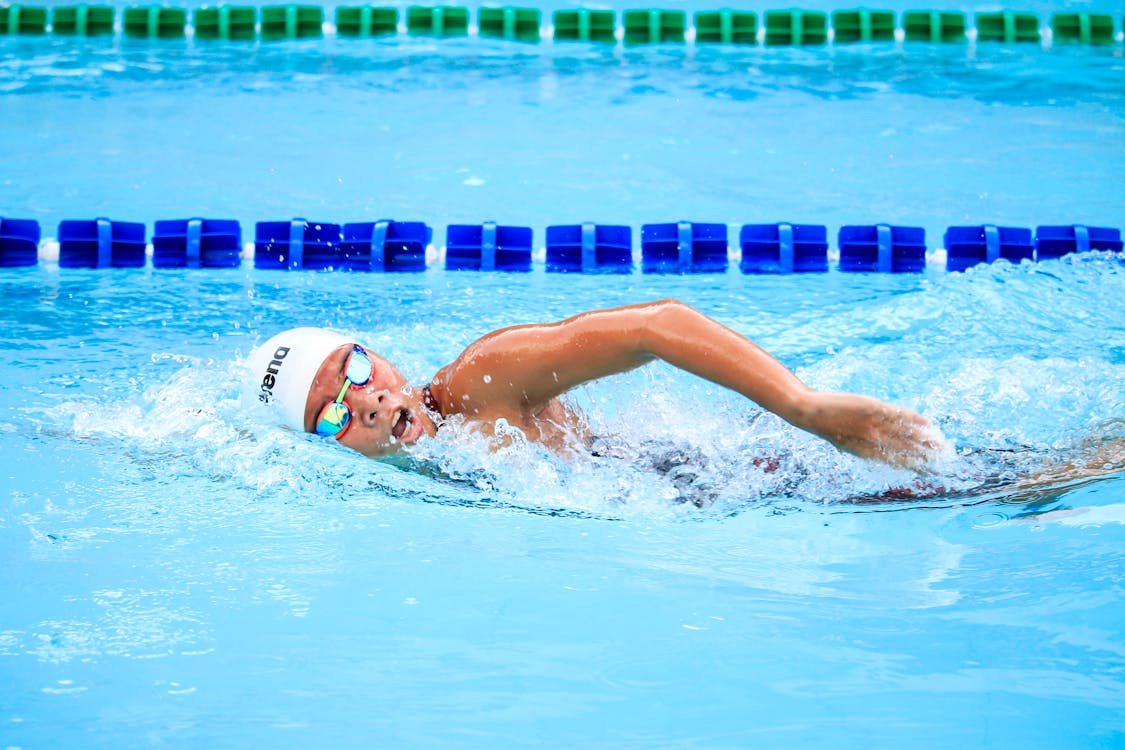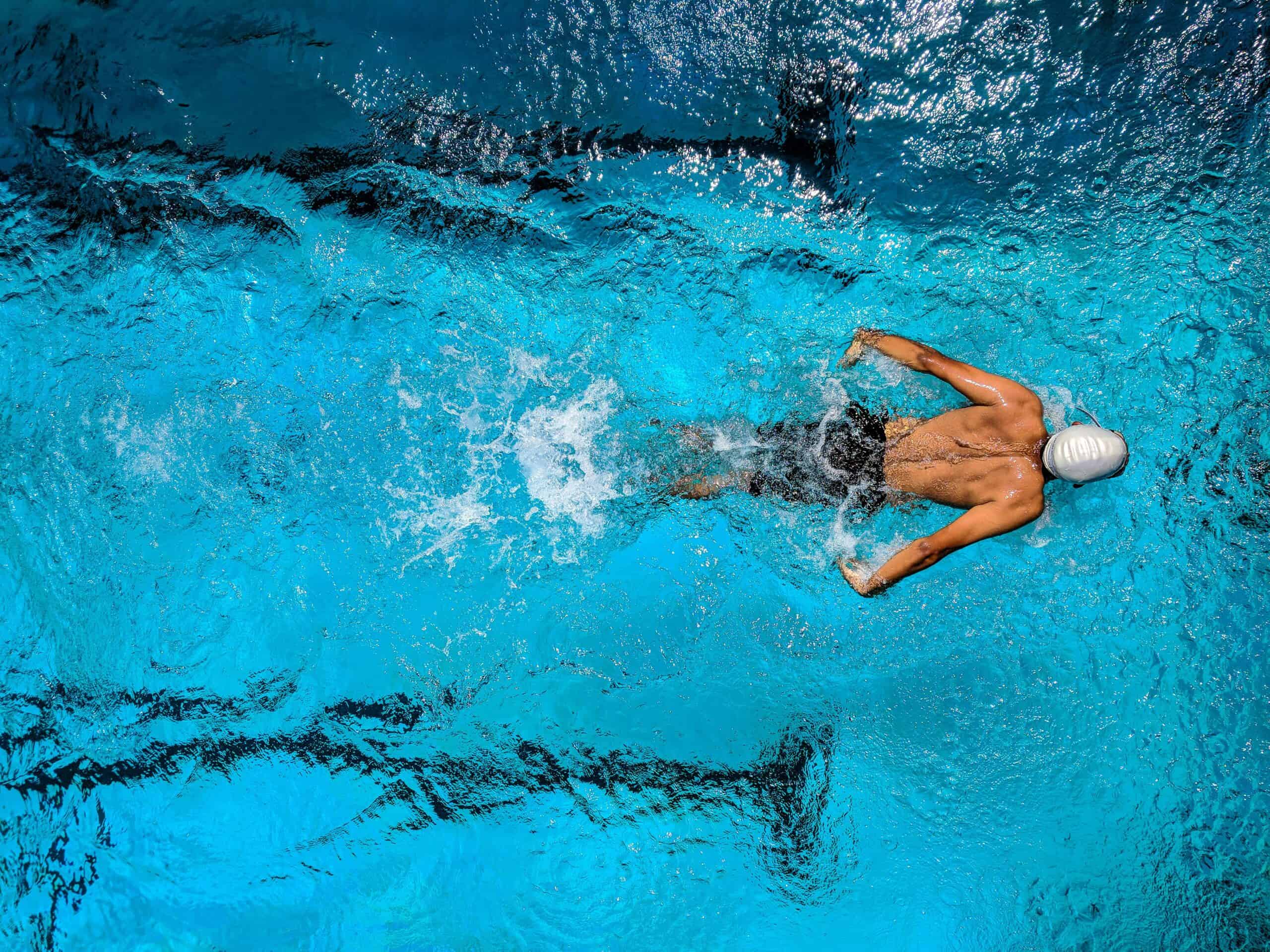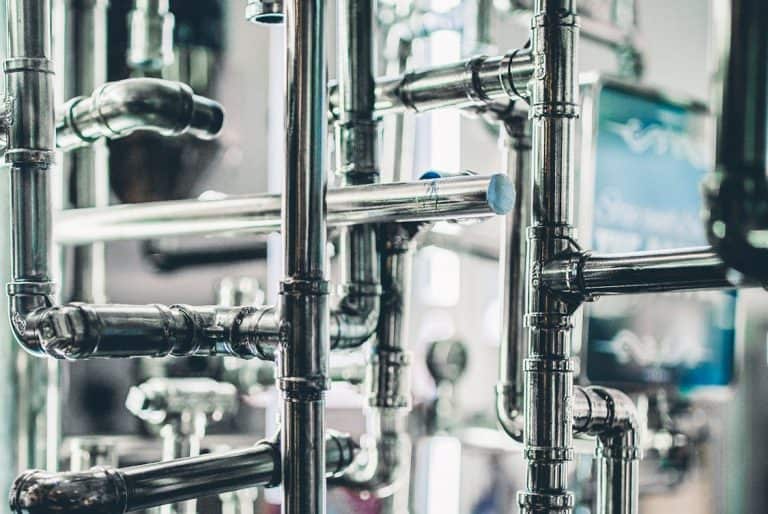Aquatic workouts, also known as water aerobics, help strengthen muscles and build endurance without straining joints. They can be performed in a shallow pool or in deep water with resistance equipment.
The buoyancy of the water reduces the impact on your joints, making exercise easier. Water workouts like walking or jogging in the water are excellent for cardiovascular conditioning and improving balance.
1. Use Flotation Devices
Unlike gym workouts, which often involve a long session of multiple exercises with different equipment, aquatic workouts can give you a full-body burn in a short, 20-minute session. They’re also more effective than land-based workouts at burning calories because water provides resistance to the movements you make, just make sure to take jewelry off before entering the pool.
The buoyancy of water cradles the body from all sides, offsetting up to 90% of your weight and eliminating some of the stress that can come with exercise on dry land. This allows you to work out at a higher intensity without feeling as tired or sore afterwards. It’s also a great option for people with joint pain or stiffness, backaches, arthritis, sprains and strains, fibromyalgia, or those recovering from knee surgery, hip replacement, spine issues, or other injuries.
It’s important to find the right flotation device for your needs and fitness goals. If you’re new to aquatic exercise, start with a flotation belt that supports your waist and chest to help you maintain balance and stability while you exercise. Once you’re comfortable, switch to a noodle or swim fins, which offer more freedom of movement for a harder workout. In addition to helping you move in the pool, these devices can help prevent injury by protecting your joints and muscles from overexertion.
Having a home aquatic exercise pool makes it easy for anyone to get a healthy, full-body workout. You don’t have to be able to swim to perform many types of aquatic workouts; most are done in the shallow end of a pool or lake. You can even use a flotation belt in the deep end of a pool to increase the challenge of your workout.
Some of the most popular aquatic workouts include walking, jogging, and jumping jacks. These exercises can improve cardiovascular conditioning and muscular endurance while improving flexibility and lowering stress levels. And because the hydrostatic pressure of the water pushes blood back toward the heart, these workouts can be beneficial for those with high blood pressure. Even those with reconstructed knees can benefit from running in the water, as well as other low-impact workouts like underwater swimming and walking.
2. Wear Water Shoes
If you’re looking to increase your fitness level without the risk of injury, consider aquatic workouts. While the buoyancy of water makes exercising less stressful on joints, it also provides a challenging, full-body resistance workout. And since many gyms offer indoor pools, you can keep your workout routine consistent year-round.
Athletes and seniors alike can reap the benefits of aquatic exercise, as it improves flexibility, muscle strength, balance, and heart health. Plus, it can help relieve symptoms of arthritis and other chronic conditions.
The hydrostatic pressure of the water pushes blood back to the heart, making it easier for you to get a cardiovascular workout. Moreover, the low impact on joints makes this type of exercise ideal for those with arthritic knees. And because there’s no need to hold on to a railing or wall, you can engage in more vigorous exercises like jumping jacks and running in place.
In addition to cardio, aquatic workouts can strengthen the muscles of the lower body and core. You can use pool equipment to perform weight training or yoga exercises, or take a class. The buoyancy of the water supports your entire body, so you can focus on your form while improving your strength.
For example, a simple exercise you can do to strengthen your quads is a forward lunge. To perform this exercise, stand with your back to the edge of the pool in waist-high water and place your arms on the edge for stability. Then, straighten one leg in front of you until the knee reaches about a 90-degree angle, return to the starting position and repeat 12 to 15 times. You can increase the intensity by wearing water shoes to prevent slipping, or tie a water noodle around one foot or water shoe and use it for additional support.
Water aerobics classes are a great way to improve your cardiovascular endurance and muscular strength in a supportive environment. Whether you’re a beginner or an experienced swimmer, there are water aerobics classes available for all levels of ability. Some pools even offer SilverSneakers, a water aerobics and strength program that’s included with Medicare Advantage plans.
3. Wear a Life Jacket
Aquatic workouts are designed to help people of all ages and fitness levels build strength, flexibility, endurance and cardiovascular health in a safe and supportive environment. The natural buoyancy of water takes pressure off joints and bones while providing resistance to exercise, making it easier for many to perform exercises that are difficult or even impossible on land. There are a variety of aquatic workouts that can target specific muscle groups, improve cardiovascular health and increase strength, and they can also be more fun than traditional gym exercises.
Many gyms, community pools and senior centers offer classes in aqua aerobics, water yoga, aqua cycling and more. For those who don’t want to join a class, there are a number of online videos available that allow users to work out in the comfort of their own homes. These workouts can burn calories, strengthen muscles and reduce stress in just 20 minutes per session.
To get the most out of a workout, it is best to start in waist or chest-deep water. This allows you to push off the bottom of the pool and jog in place while still benefiting from full-body water resistance. You can also add equipment such as Styrofoam noodle weights, wrist or ankle weights, webbed water gloves, inflated balls and kickboards to increase resistance.
If you are unsure of the appropriate water level for your condition, speak with a physical therapist or doctor to ensure your safety. It’s also important to wear a life jacket whenever you are exercising in the water. This will give you peace of mind, especially if you are an inexperienced swimmer or have a medical condition.
Whether you’re new to exercise or are looking for a way to get back in shape, aqua workouts may be the perfect solution. These workouts are easy on the knees and back and can target all major muscle groups. They can also be more enjoyable than grueling sessions in the gym and are available to individuals of all ages. You can get started with aqua fitness by finding a local gym or checking eligibility for SilverSneakers, which is included with most Medicare Advantage plans.
4. Wear Water Gloves

You don’t have to be a strong swimmer to get great benefits from a water workout. In fact, many people with limited mobility are able to exercise more effectively in the water than on land and see improvements in their joint health as well.
At Monroe County Recreation (MCR), we offer a variety of water aerobics classes that are both fun and effective at burning calories and strengthening muscles. Water workouts are also low impact and easy on knees and ankles. Many people are surprised to learn that they don’t even need to know how to swim to benefit from the weightless environment of a swimming pool. This is because, being up to 800 times denser than air, water workouts force your muscles to work harder to push and pull against the water.
Water aerobics can be as intense or as mild as you want. In addition to the Styrofoam noodle or floatation belt/vest, which can help you stay upright while you work out, you can use other water exercise equipment to increase resistance. These include wrist or ankle weights that are strap-on, such as those that look like small foam dumbbells. These are lightweight when dry, but become heavy in the water and help you build strength. You can find them online or at a fitness store. Hand paddles or resistance gloves also provide a great way to strengthen your arms during an aquatic workout. These can be worn on either hand and are usually designed with webbed fingers that create additional pressure against the water.
Water exercises are also a great way to boost your cardio, especially when combined with high-intensity interval training. Try walking as fast as you can in the pool for five minutes followed by three minutes of high knees. Repeat this cycle three days a week to see results quickly. You’ll feel the burn as your thighs and calves become slimmer and your shoulders, biceps, and forearms tone up.









